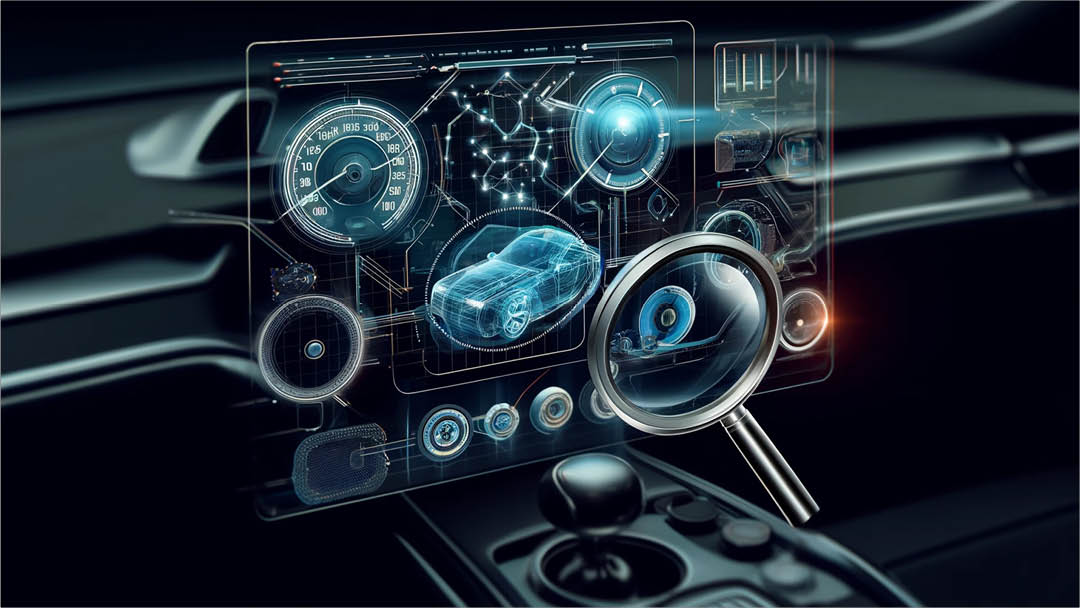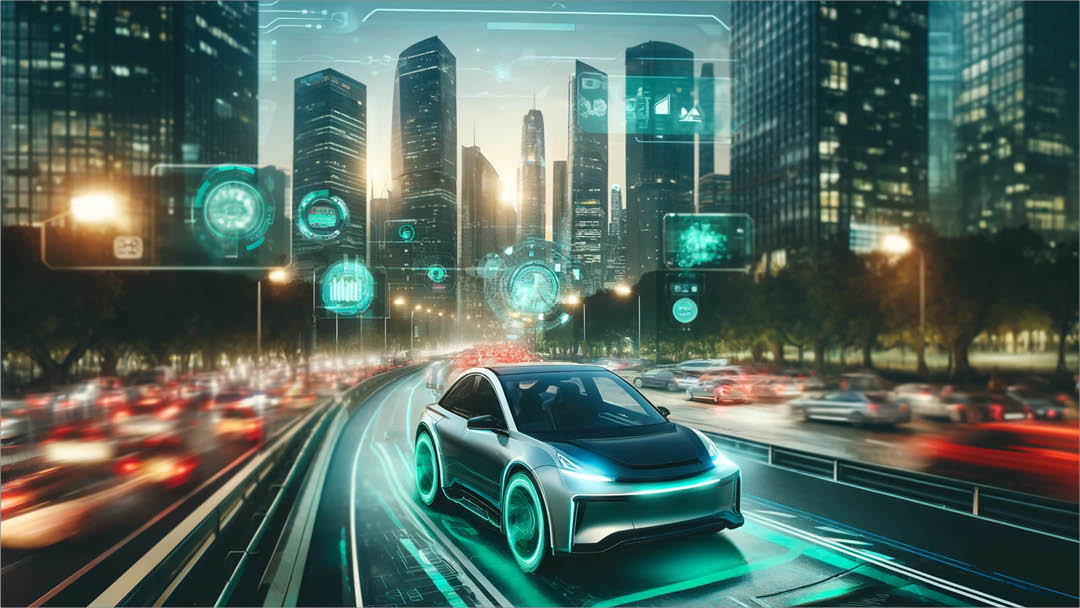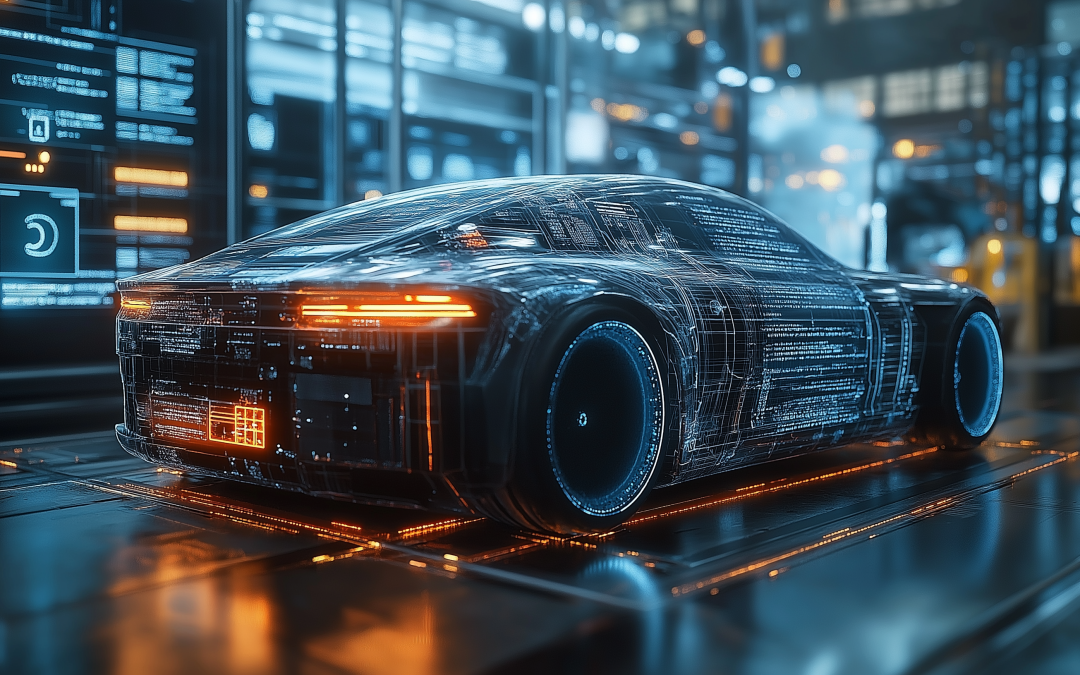Acsia offers end-to-end expertise in Android Automotive, covering customized platform development, virtualization, ADAS integration, CI/CD/CT infrastructure, OTA updates, and HMI design.
What sets the company apart is the full-stack expertise and in-house tools accelerators TITAN for efficient software deployment. Acsia has also productised Android Automotive 14. The company’s working demo showcases multi-user, multi-display capabilities, vehicle zone configurations, automated HMI testing, and advanced customization for next-gen automotive infotainment.
Watch the Android Automotive 14 Demo.













